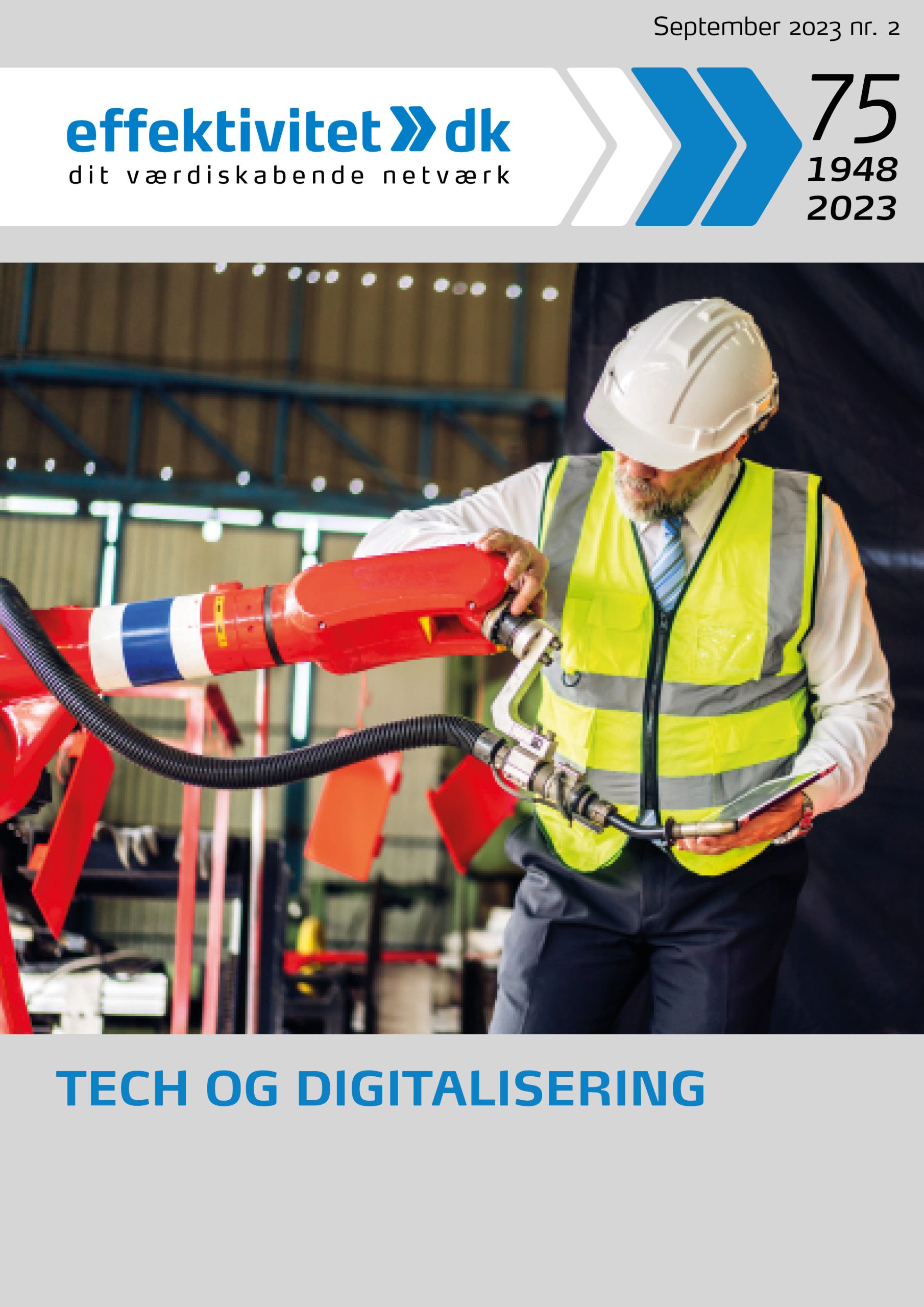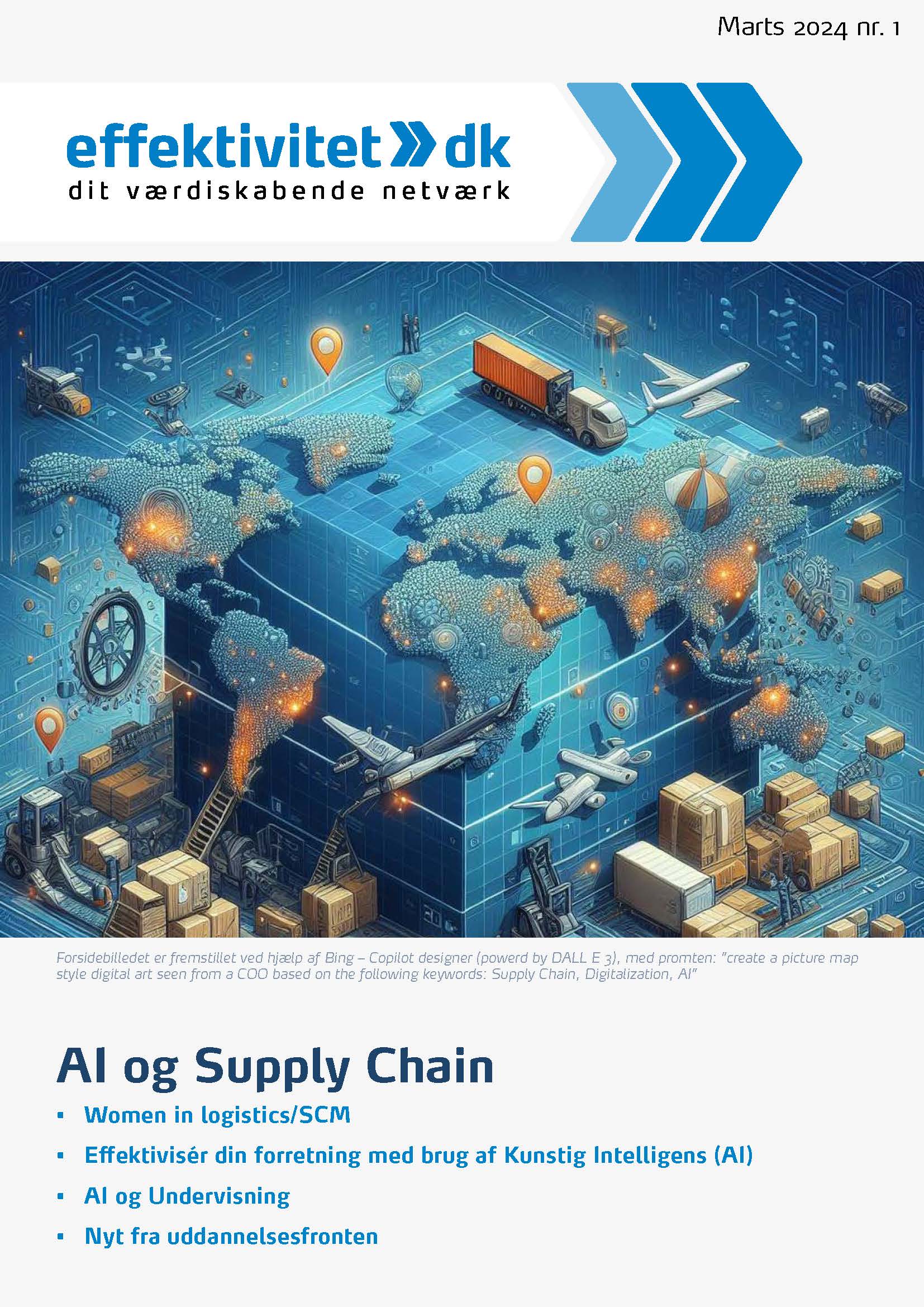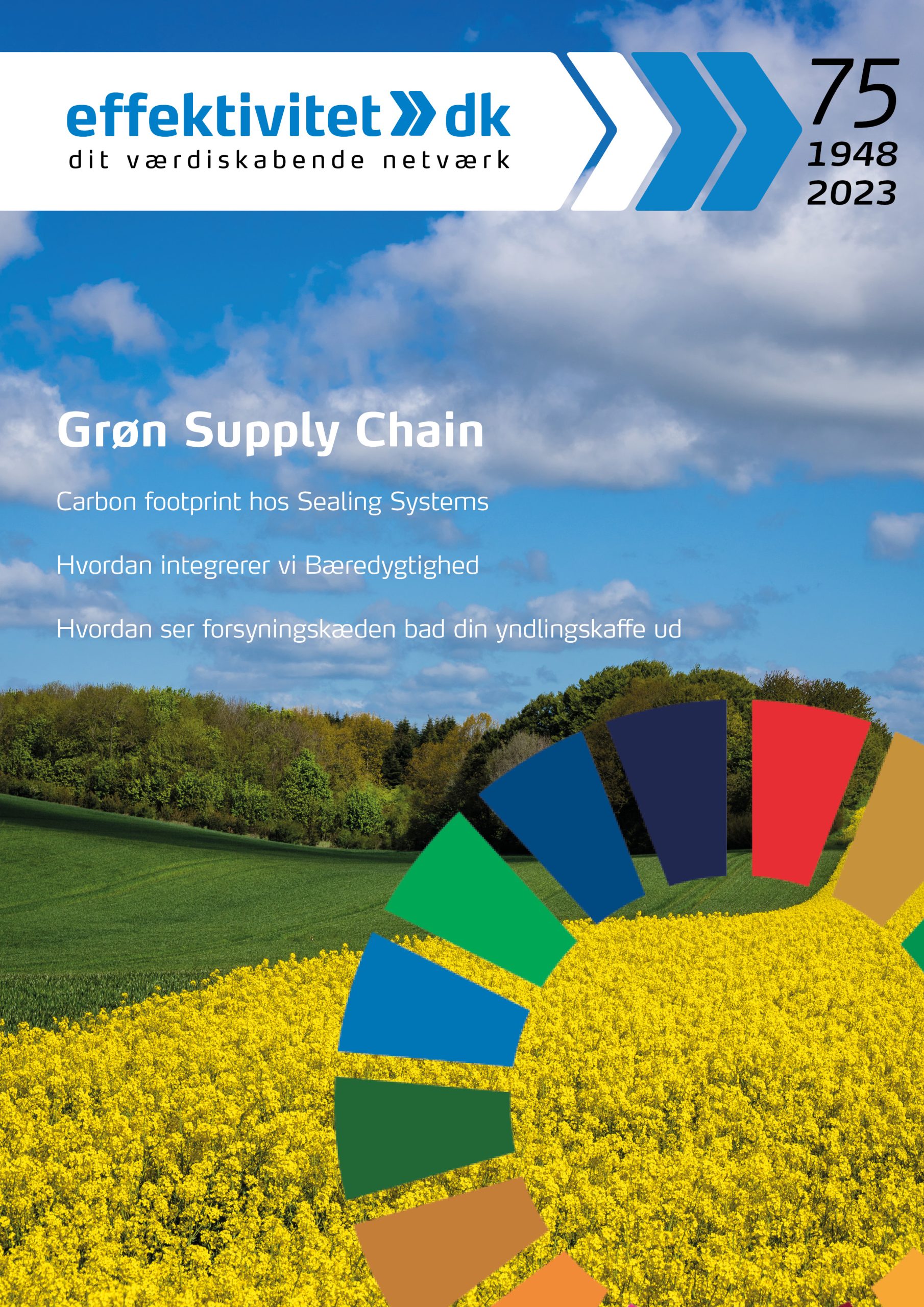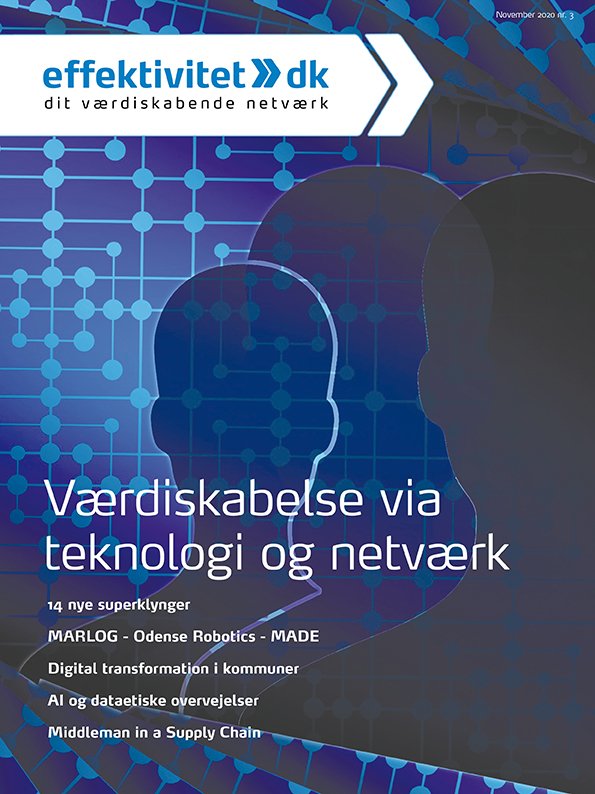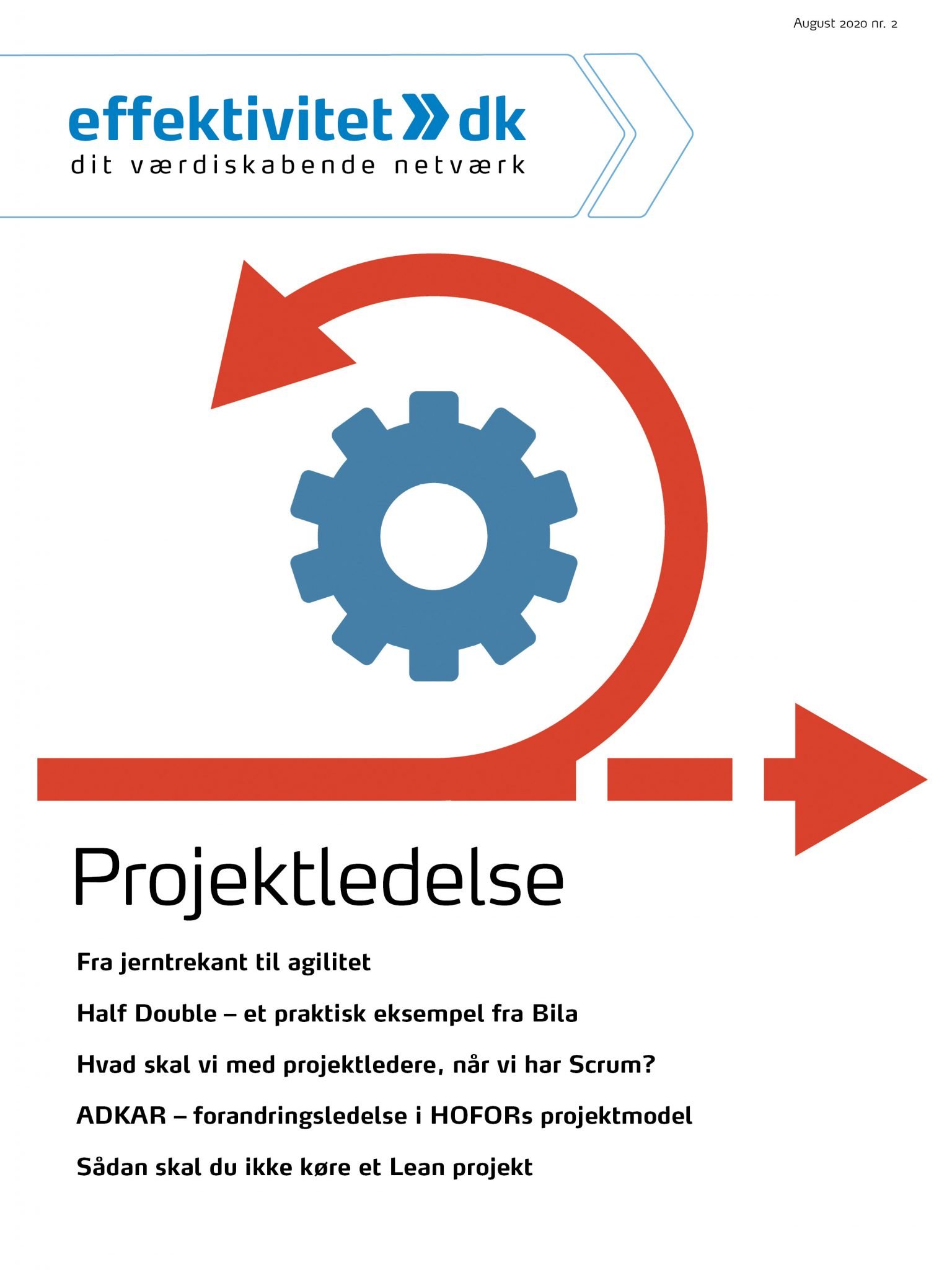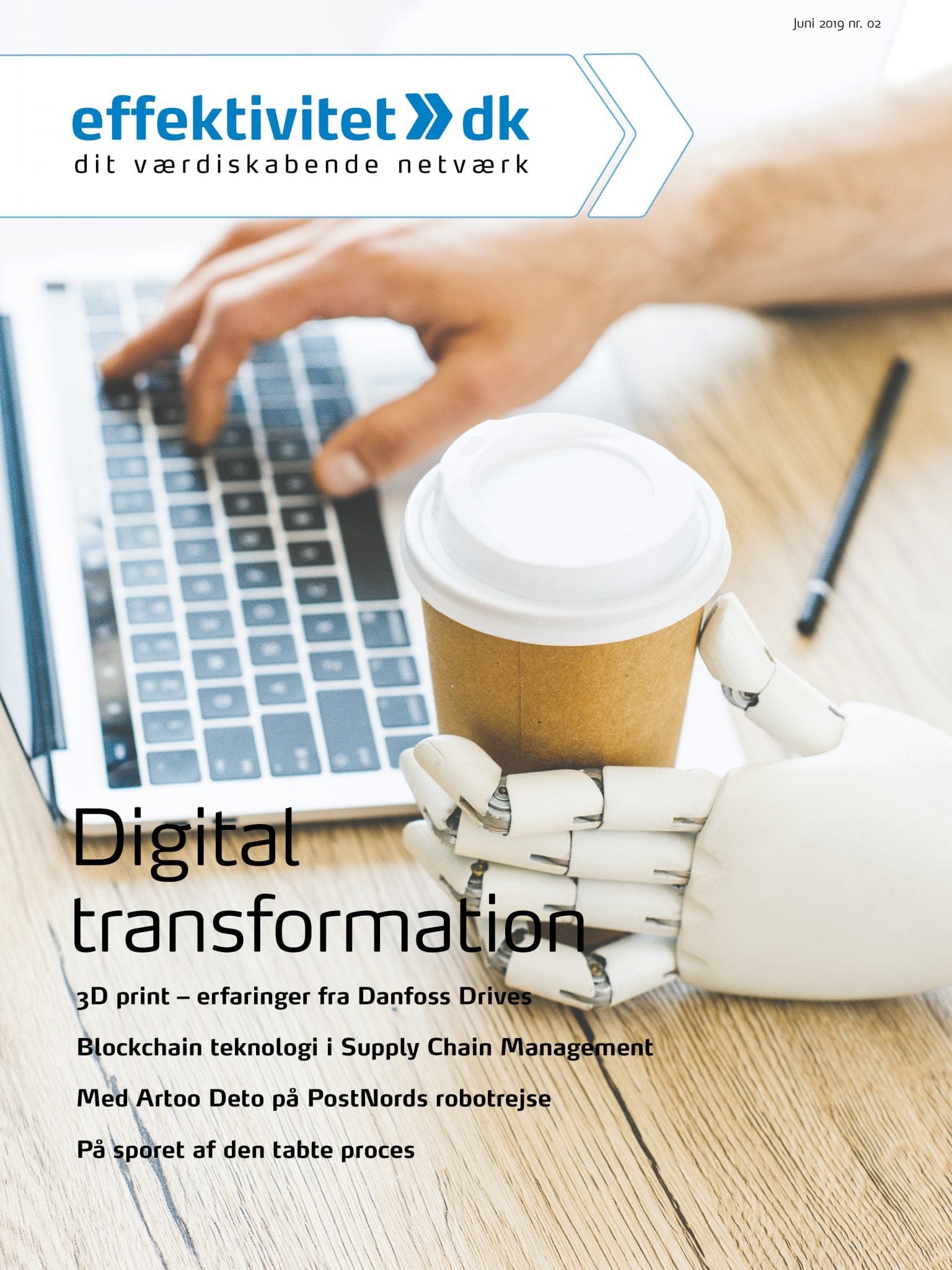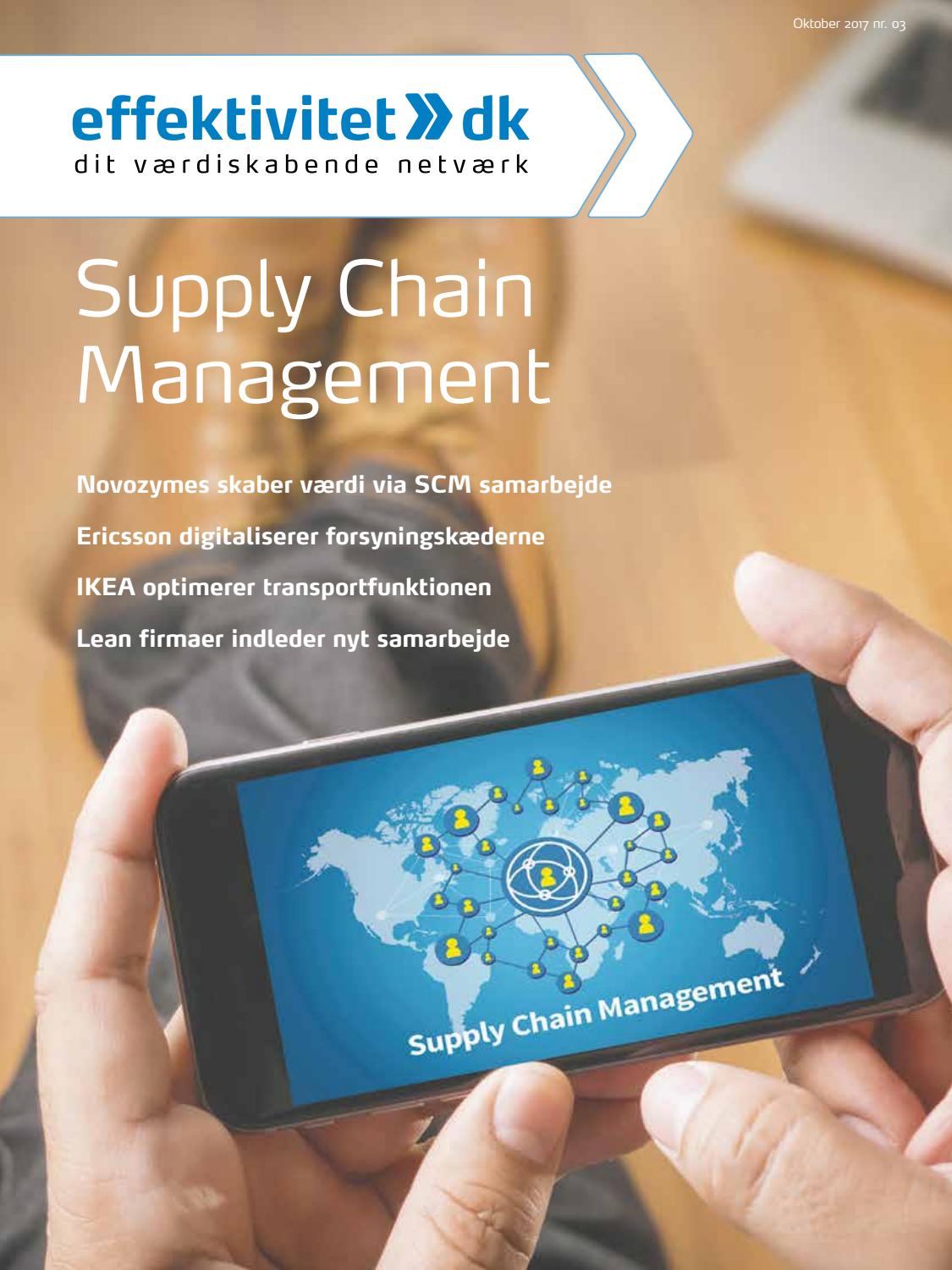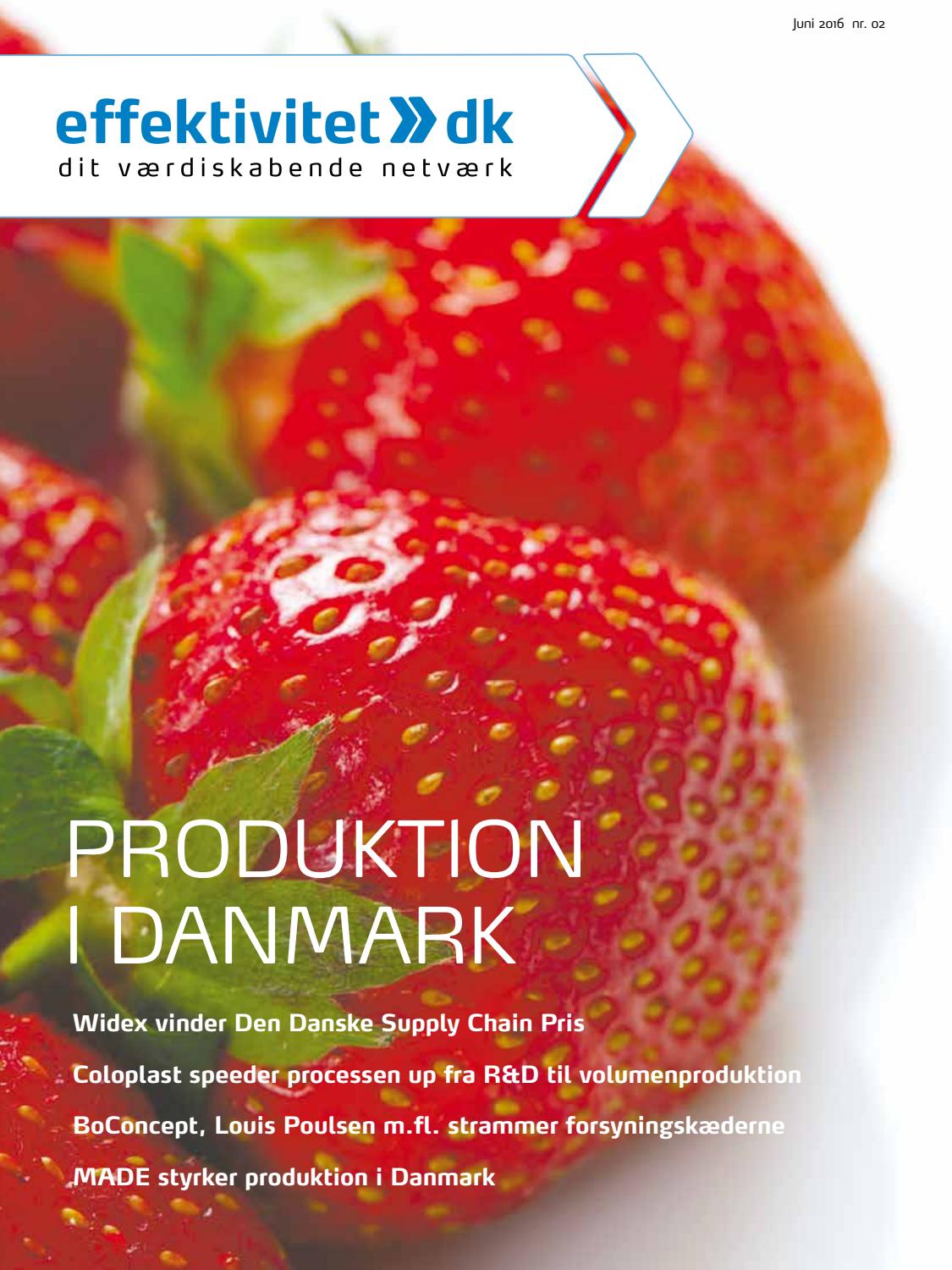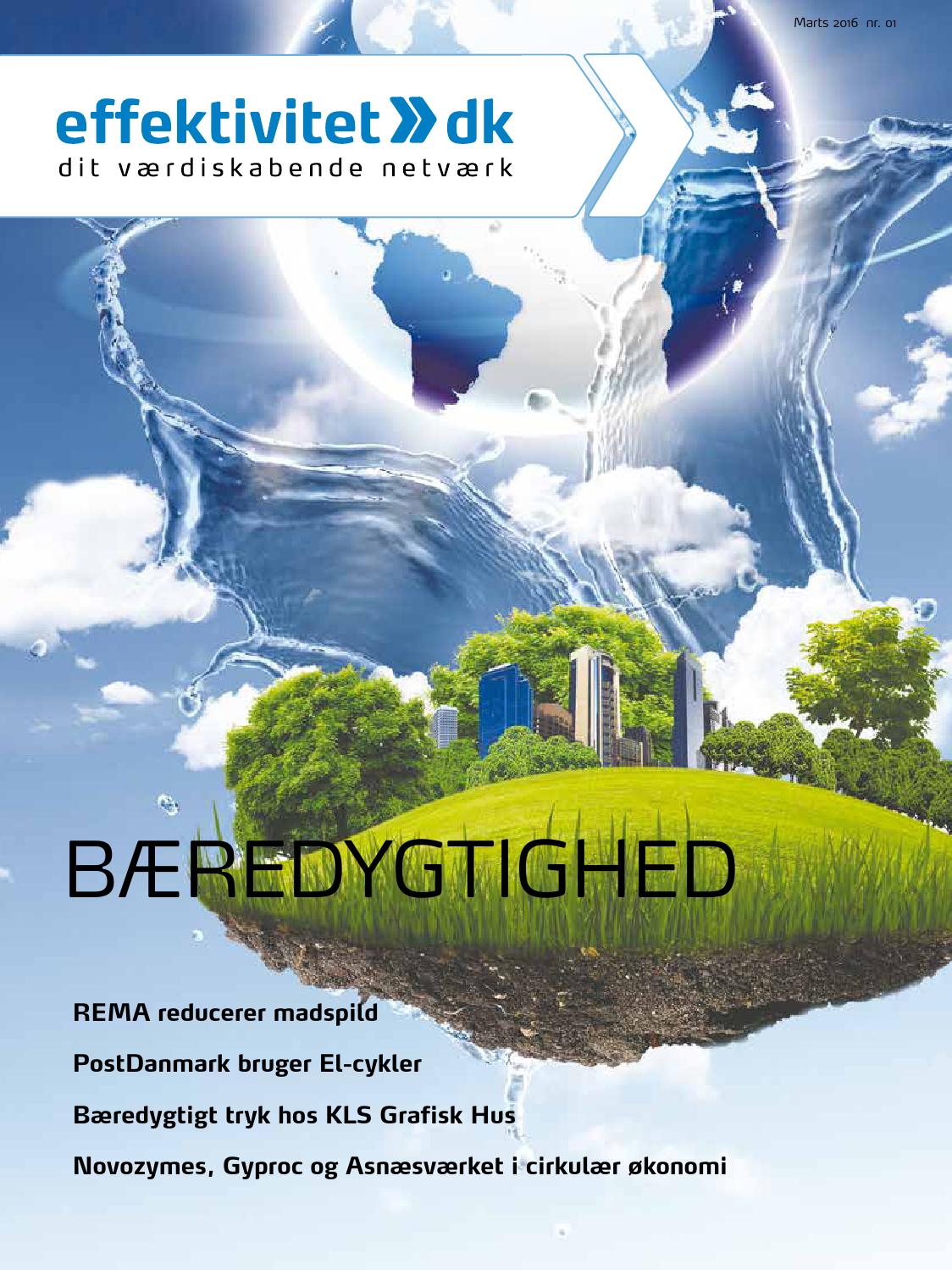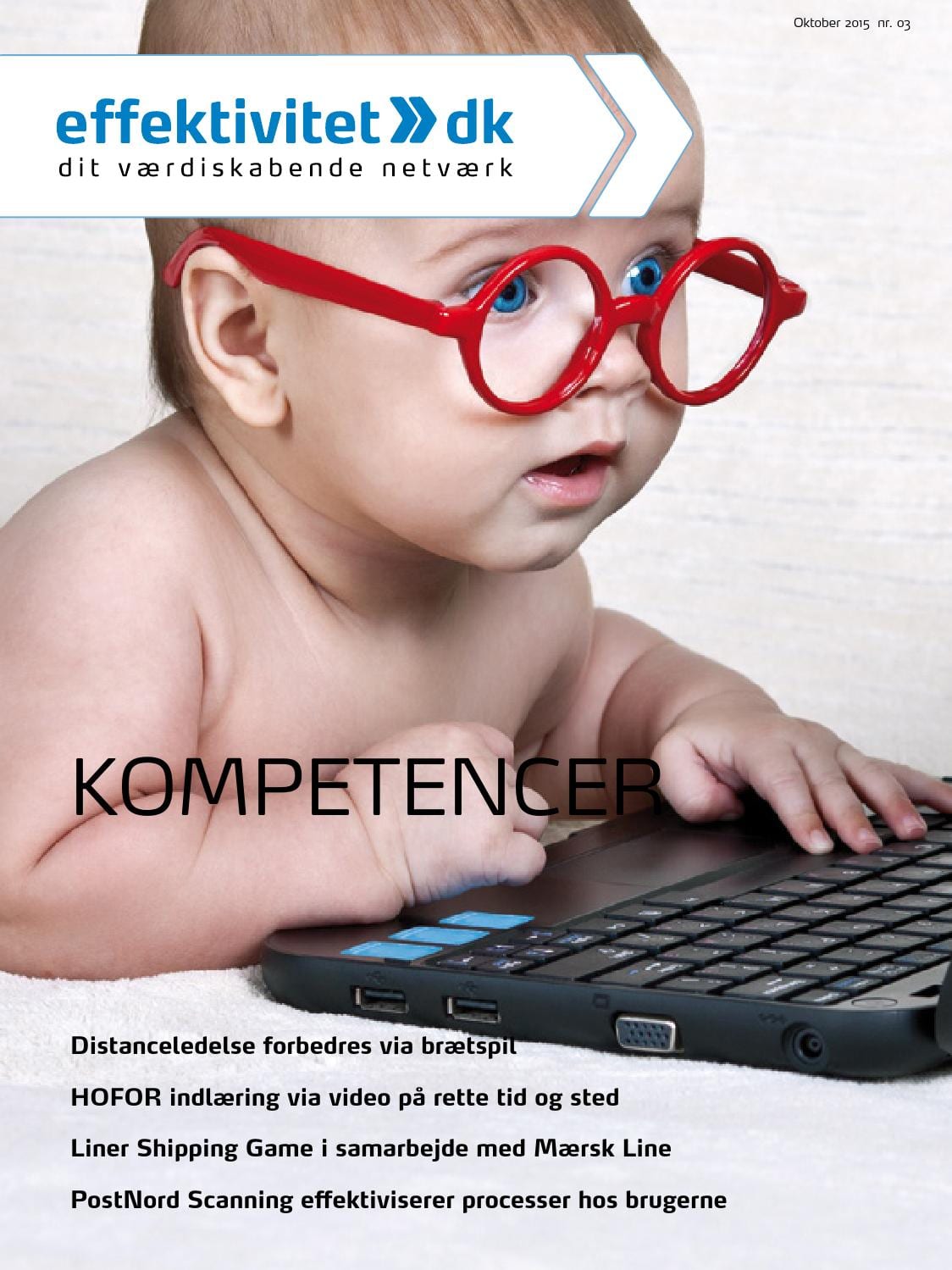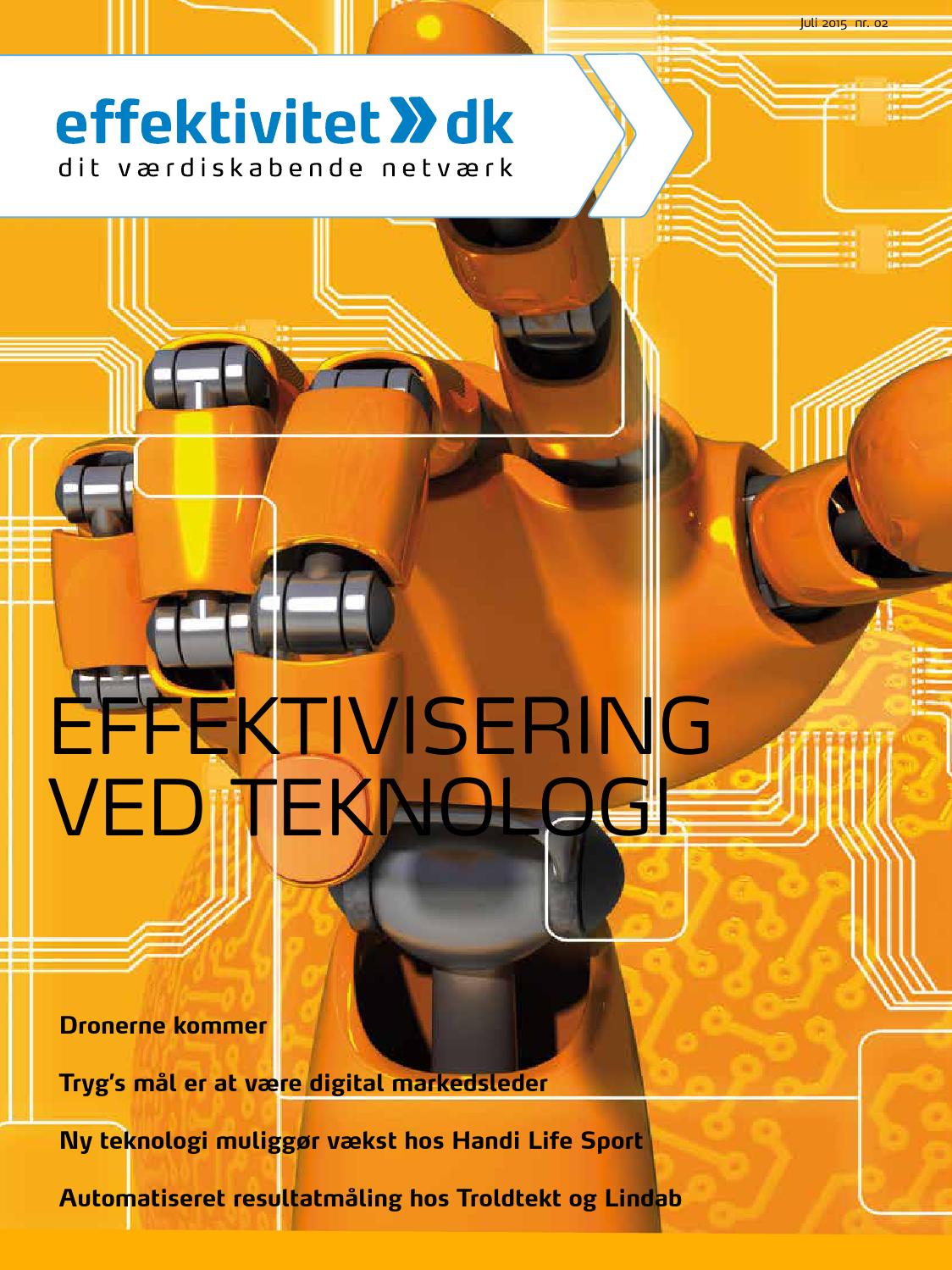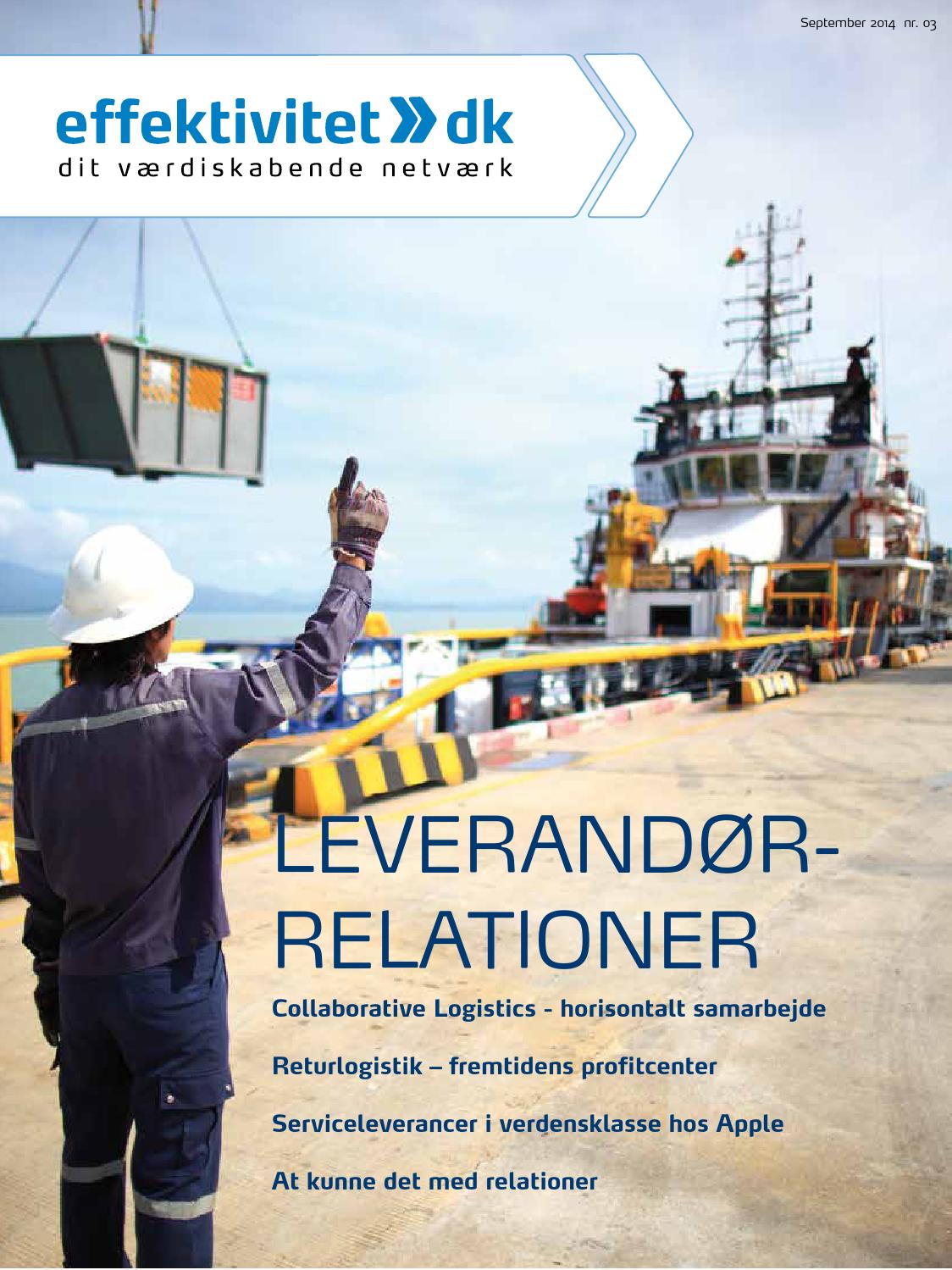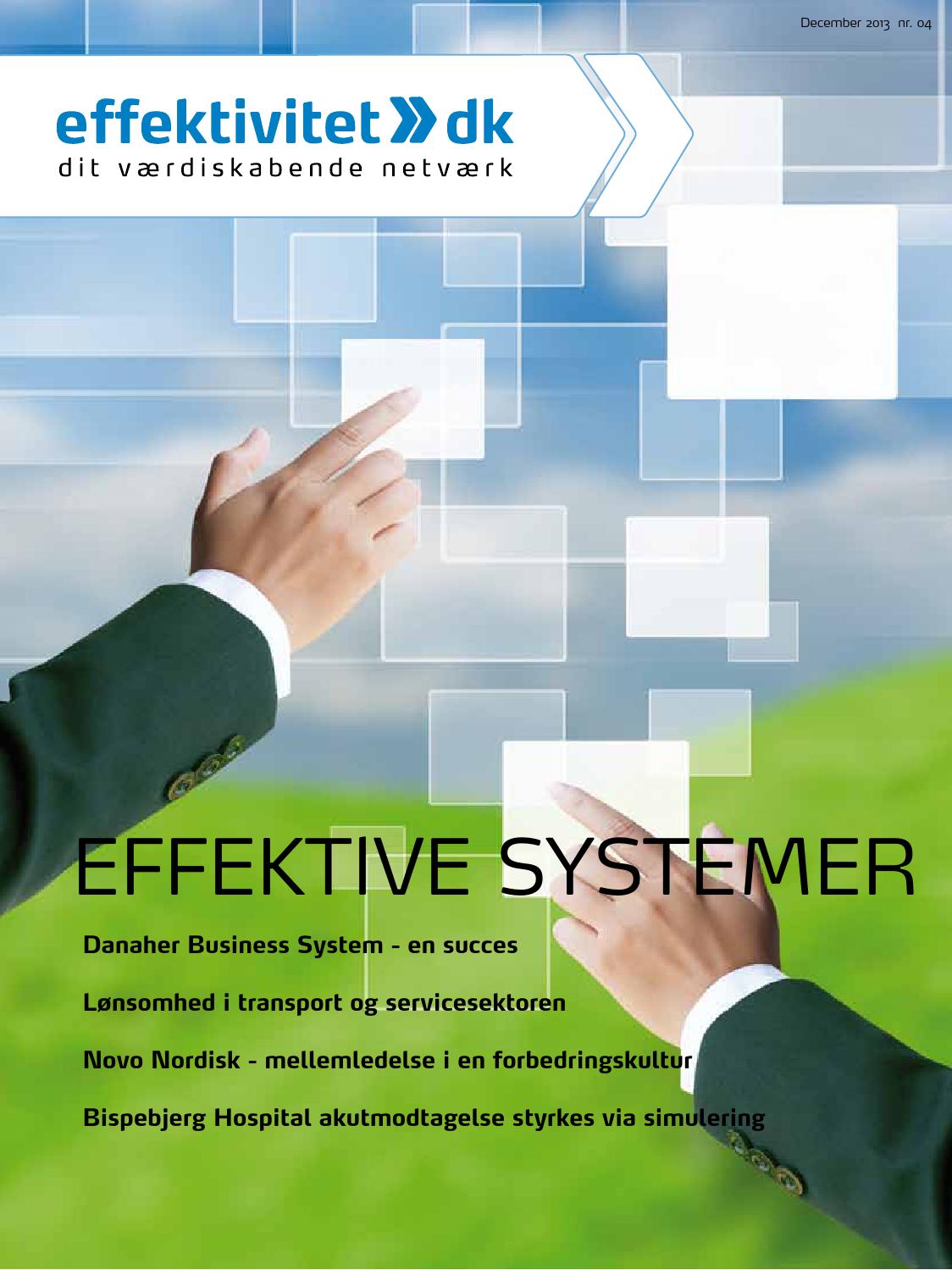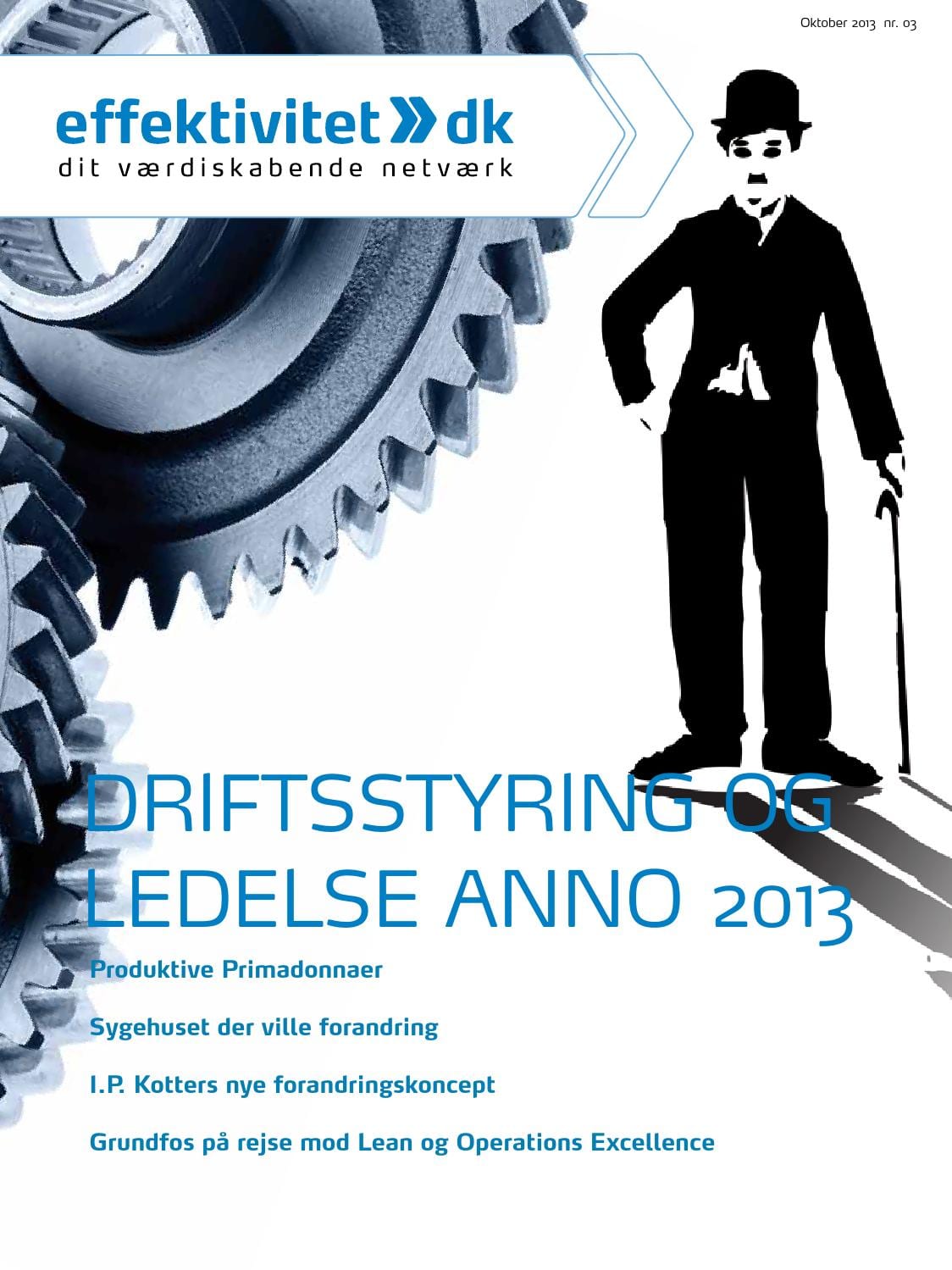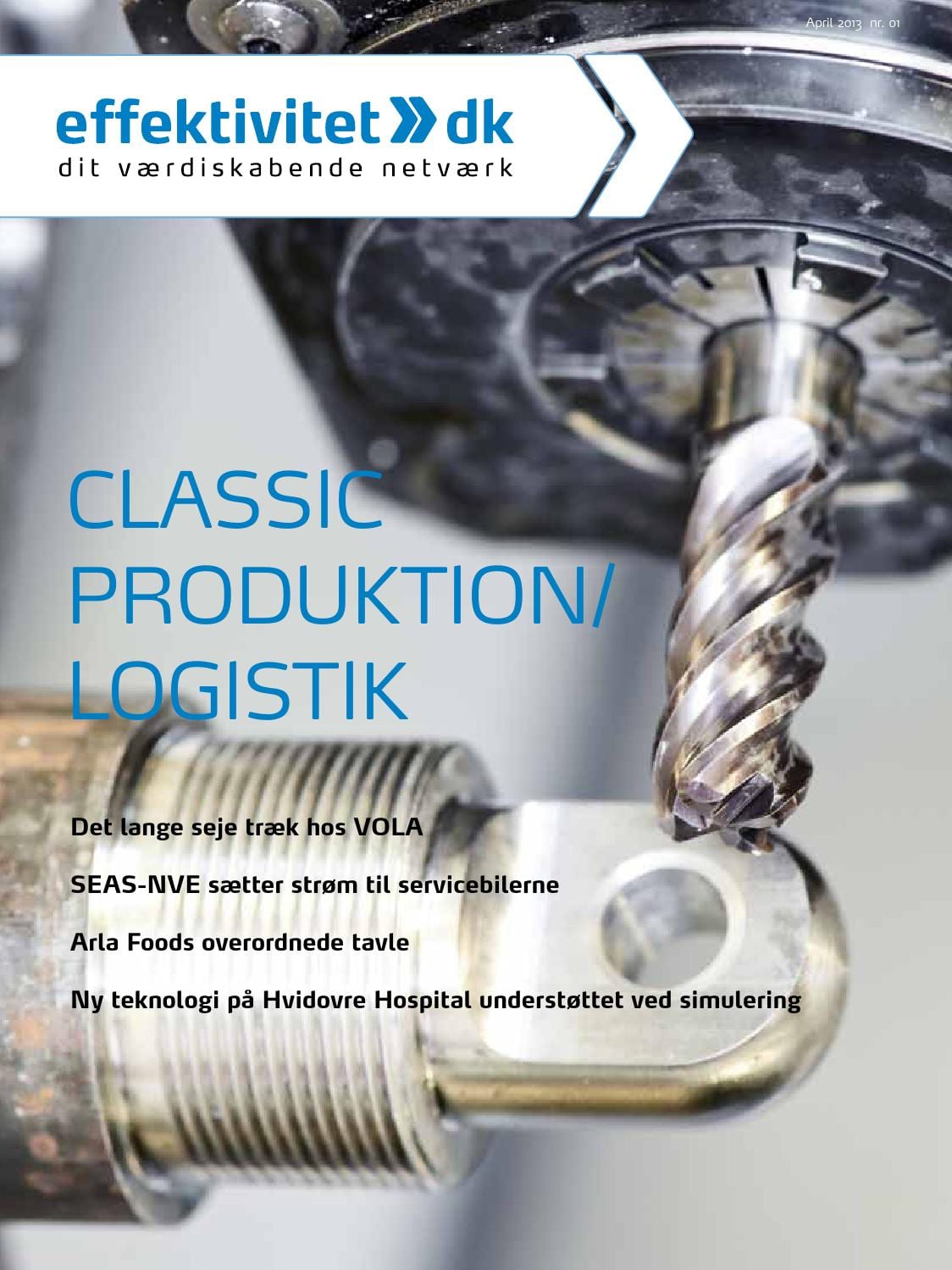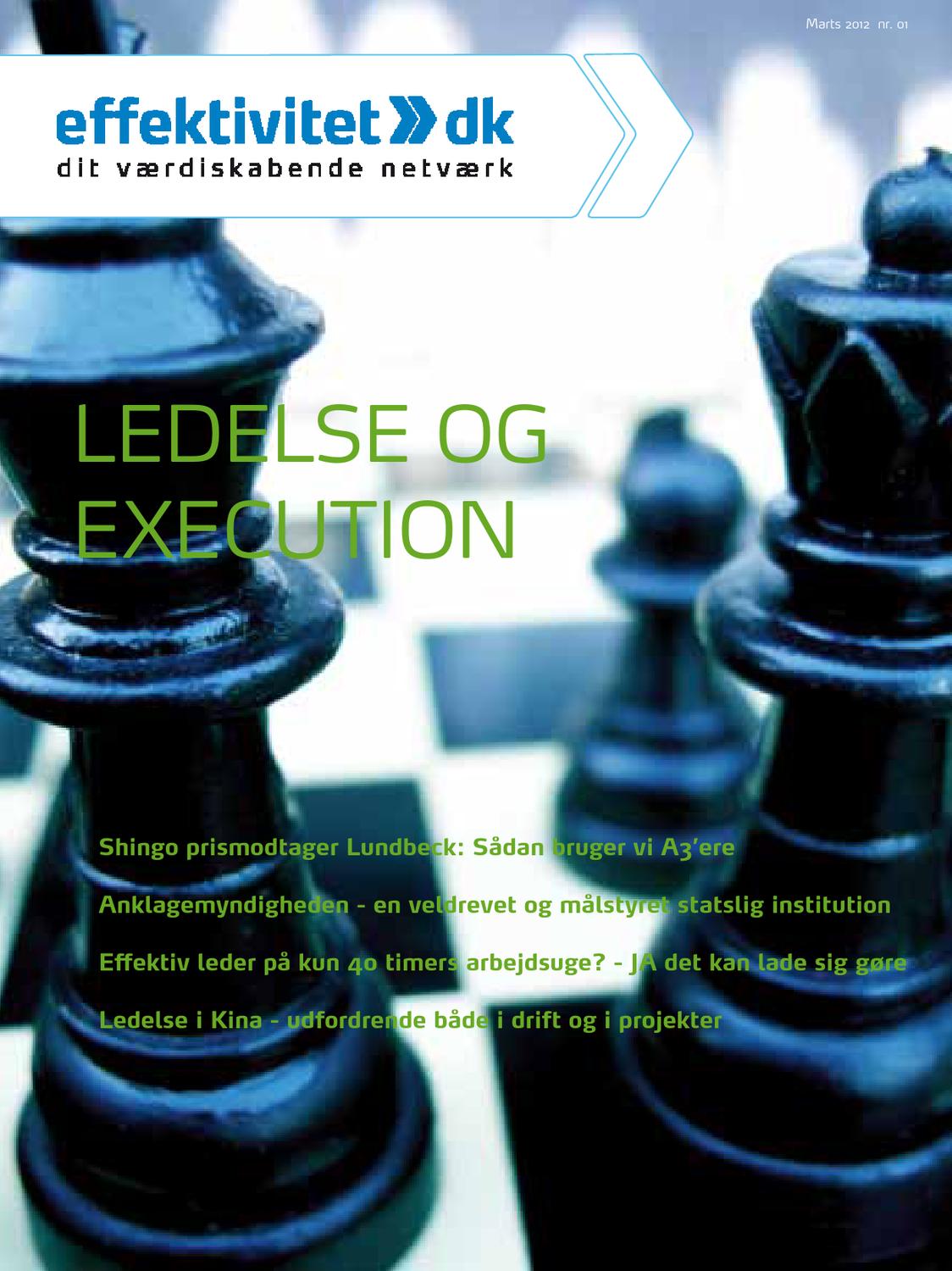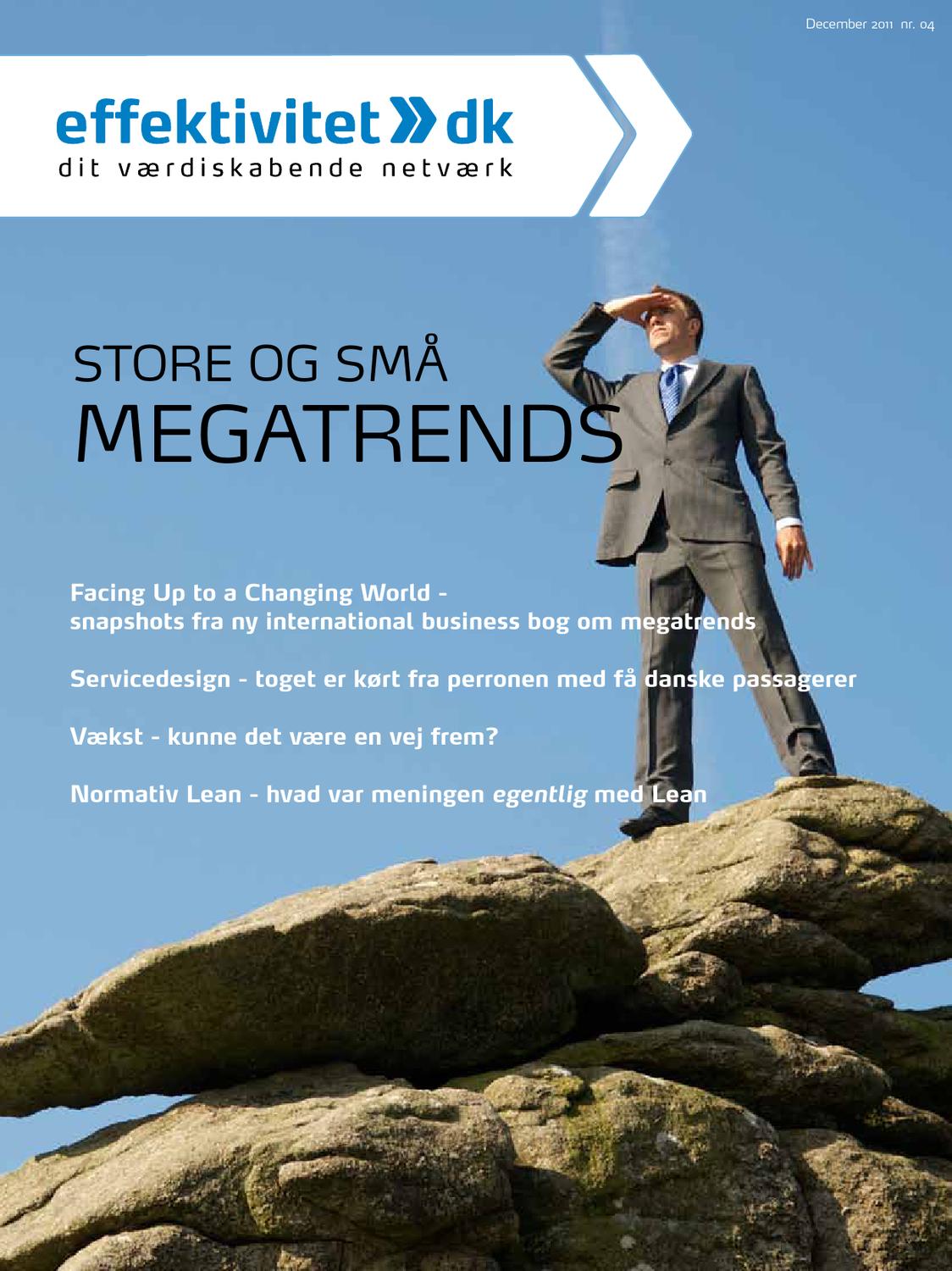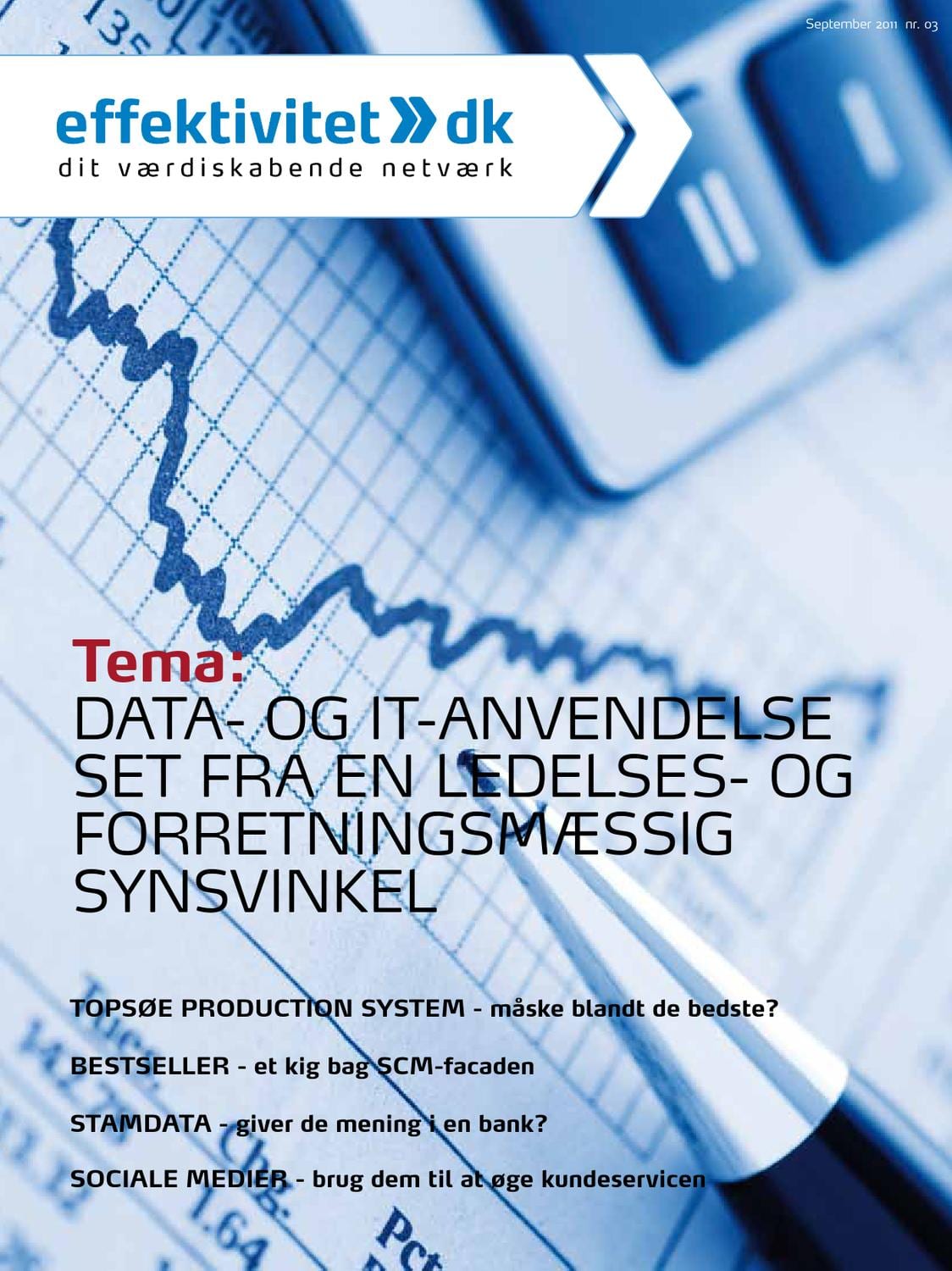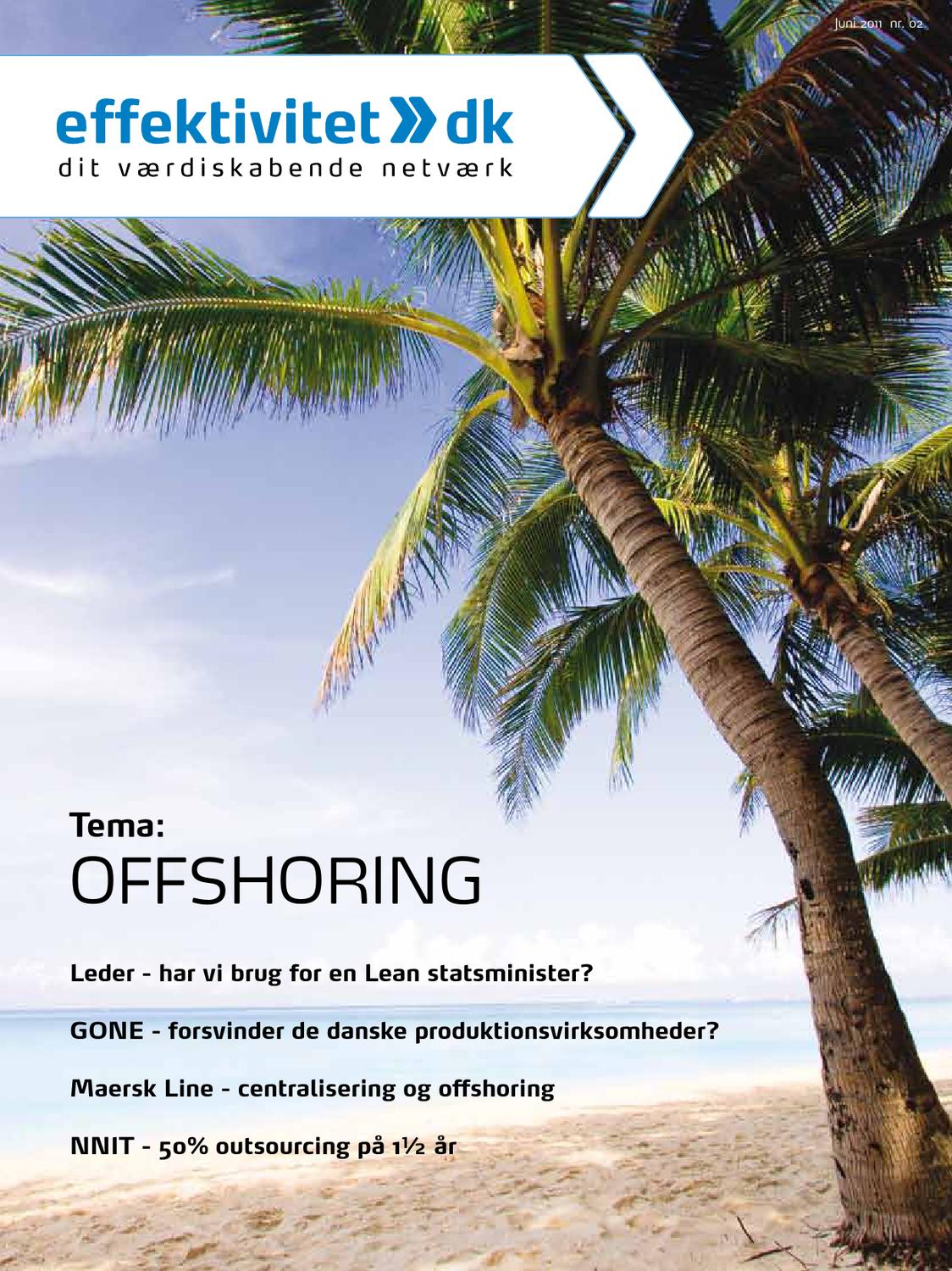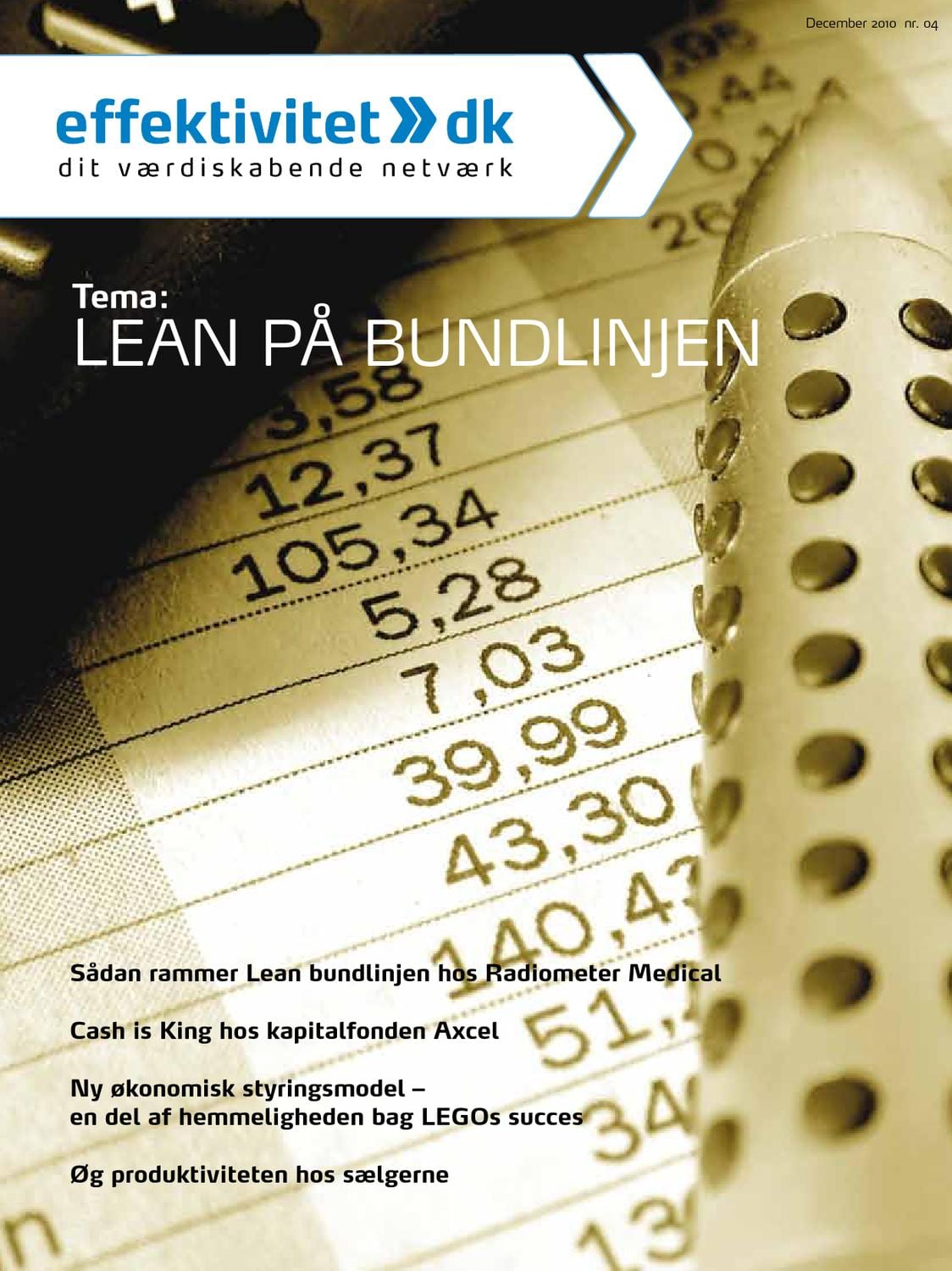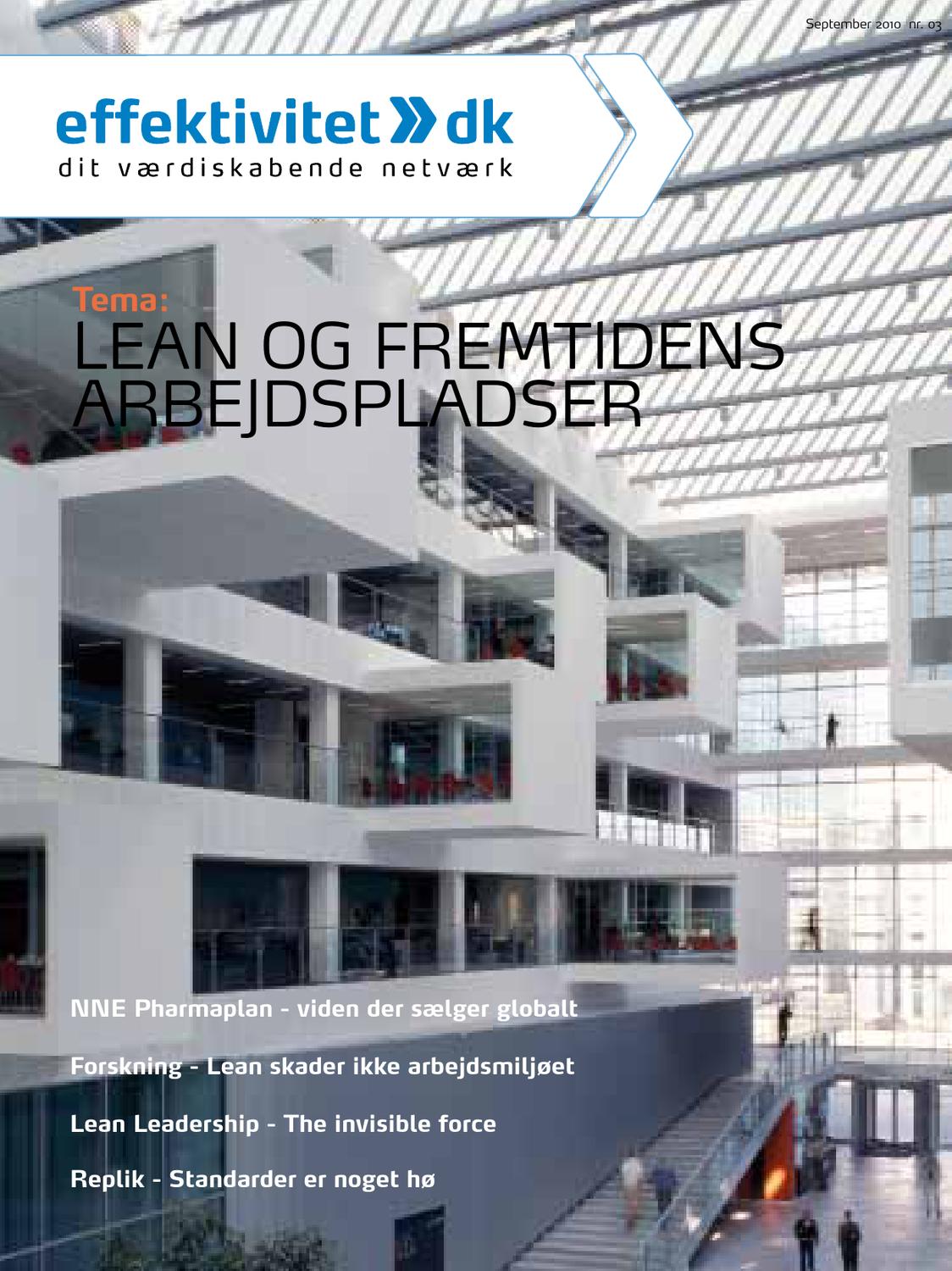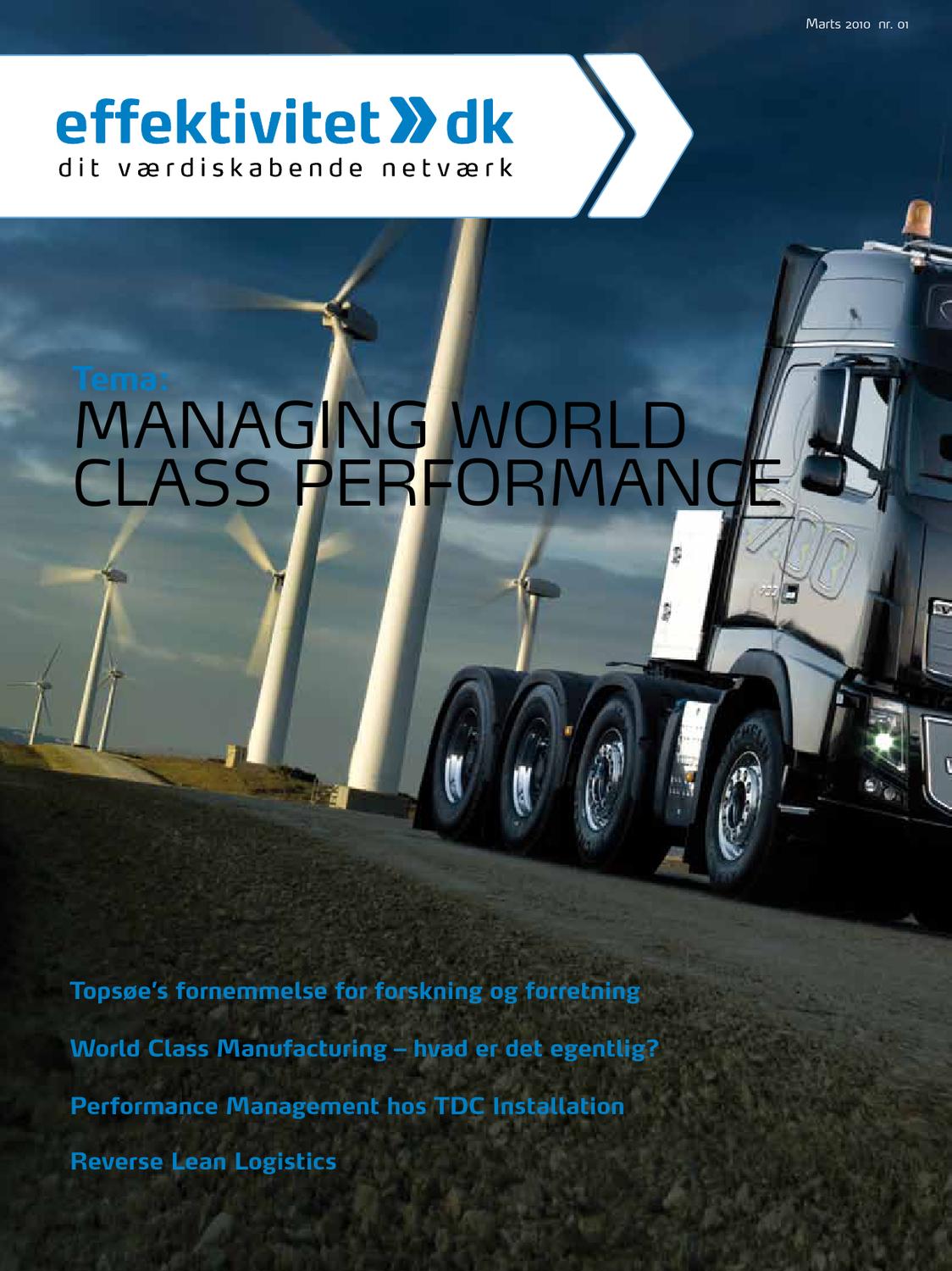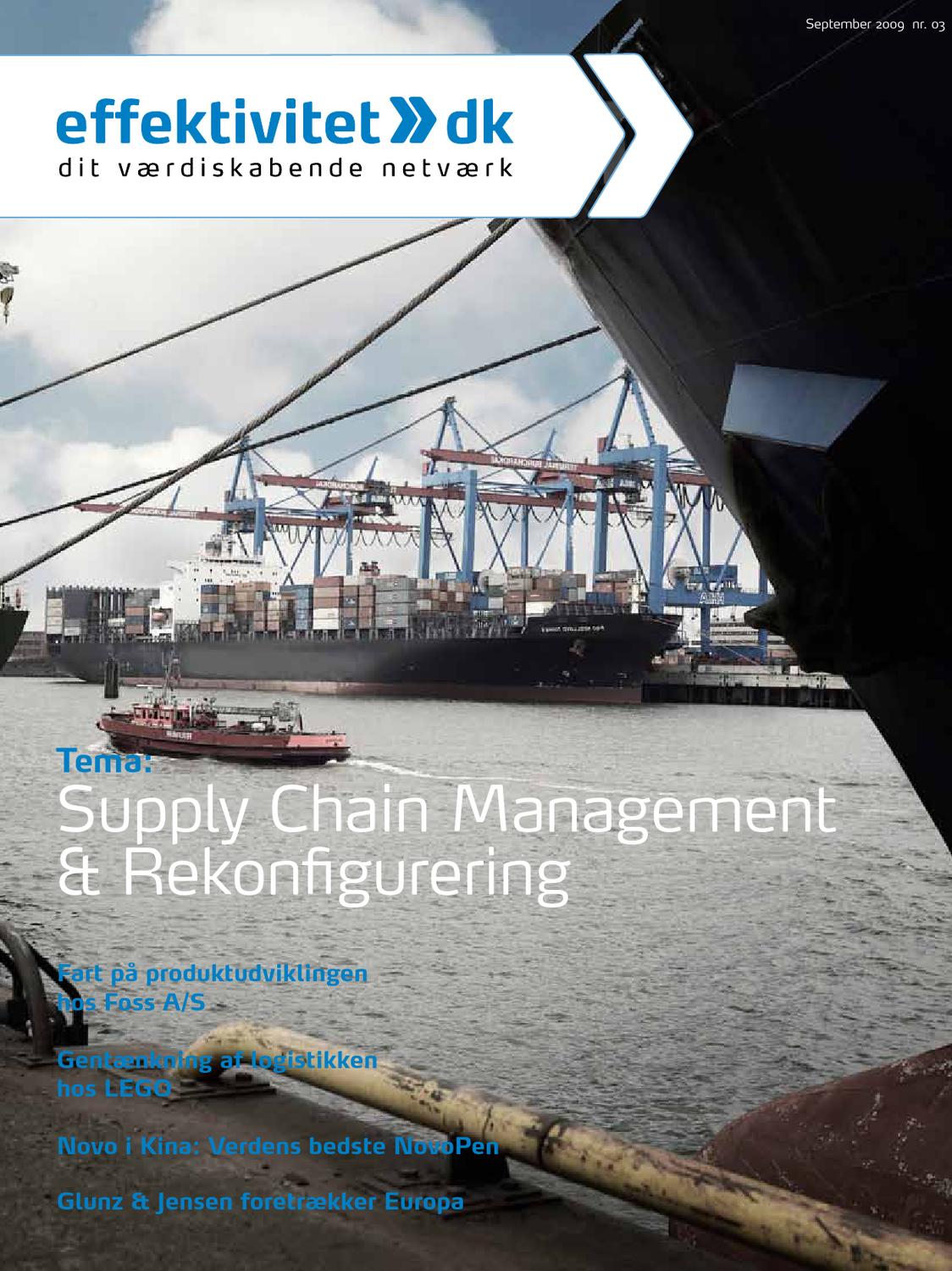In The Lord of the Rings, Frodo – the main character – is asked to embark on a journey to save the entire world from an eminent evil. In his pursuit, he faces several challenges that try to make him give up, change course or pose threats to his life. Along the way, Frodo changes the course of his journey several times. Including in a critical moment where the character becomes so self-centred that he almost loses everything. However, at the end, he comes back on track by remembering some of the reasons for embarking on the journey in the first place.
For me, the above exemplifies how top supply chain professionals and C-suite leaders treat manufacturing footprint decisions – and here is why: The CEO comes over and says: “Listen! Digitalisation is here. Customers are more dynamic, omnichannels are a reality, and our operational setup needs to meet that demand. Go out there and do something about our manufacturing practices – save the day!” (A.k.a. save the world).
Then, facing this challenge, our “SC Frodo” (our hero) goes out there and starts looking for innovative ways to transform operations. He entrusts his best people from the supply chain function to accomplish the task. They gather all sorts of data, and after three months they are confident that they have the right, bold solution for the supply chain transformation. They present it to the CEO … and then things start getting “swept off” to somewhere else.
The decision is not taken right away. The CEO asks marketing, finance and R&D to share their views on this. Marketing says that a disruption in the supply chain is not acceptable at any cost – we would lose customers with this move. Finance says that it is quite expensive. R&D says that it is not a good move, since we will be introducing some new products, and this will not help them. Basically, they are sceptical about the whole thing. The CEO is now unsure about this decision – it is, after all, quite radical. The project goes back to SC Frodo’s team. After a couple of interactions and a sensitivity analysis, Frodo and friends end up with a much less radical solution that will not affect anything largely. Yet, all stakeholders are happy, no real risk is taken, and the board approves the solution.
In the above example, our SC Frodo is not happy. “He got swept away”, and he feels that he is not really on the right track to save the world anymore, but instead only surviving.
Like in The Lord of the Rings and Frodo, the pathways to bold manufacturing footprints are not easy to take. Simply put, no one wants to be responsible for closing the oldest factory in our company. No one wants to bet on a new technology that will diminish the lead time by 80% hen it will be investing crazy amounts of money in it, and no one wants to ove back production from a low-cost country, because we were unable to build the right competences from the start.
However, like in The Lord of the Rings, many supply chain professionals succeed in going through large supply chain transformations and taking the bold move towards a new manufacturing footprint and saving the day, a.k.a. saving the world.
By observing and being part of many global supply chain footprints, we at Implement have some ideas on how these transformations can take place and be successfully executed. Let me just go ahead and say that we do not have a silver bullet for how to achieve this. This would be naive on our part, since there are many unique aspects within those challenges. Yet, we took the liberty to boil down our observations into some key points, and we would like to share those with you.
It is all about yourcustomers – then let us talk about them and ask the right questions
Why do we need more capacity? Why is today’s setup not supporting our business? Who are our customers today and in the future, and how can we better support them? Can we challenge the way we produce today? It sounds obvious, but many times those projects start with questions that only point towards symptoms of the real challenges – capacity questions, new production setup, lower lead times – all with one thing in common: They start with a customer need.
Many times, we see the supply chain function quite far from the customer and having little idea of why certain decisions or studies are to be made. This makes people less engaged, and they do not understand the true sense of urgency. This, in turn, will weaken the willingness to take risks and therefore fall back on the safer, less rewarding solutions. Think about this: Do you imagine Frodo crossing the world, if he didn’t think all his friends, family and everyone else would have a strong faith in front of them? Do you think that he would be so engaged in his pursuit?
In order to avoid that, it is important to get close to the end customers – the sense of purpose. Listen to their true needs. I lost count of how many times we have seen “theories” on what customers needed or liked, but no one bothers to ask: How do you know that? Which set of customer demography points to this conclusion? Let us challenge ourselves, stop hiding, and don’t be afraid to ask the provocative questions
to the people who actually make your business run.
Always facts, never opinions!
Many decisions on those projects are heavily influenced by a supply chain VP or another high-ranked supply chain professional. Even though it is important to hear them out, it is also extremely important to challenge them on their basic assumptions. Often, their perspective is already blurred by some personal KPIs or revious decisions taken by the company.
Bold decisions involve risks, and we need to be ready to take them when we feel that we have the information on our hands. So even though it is important to hear VPs, professionals and others, it is equally important to look into the numbers and talk with the people who are running the daily business. This will ensure a more complete perspective of the problem and minimise the chances of taking a comfortable, but unfortunately not ideal, decision for the company.
So, let us stick to the facts. Some people call it “fact pack”, “baseline”, “pre-analysis”, “feasibility study”. Whatever you call it, just make sure that you do it, and that you do it right. This is not to say that one should go out and gather data for the fun of it. But if the initial step is based on the right critical questions, then the baseline (the preferred word for our SC Frodo) would be an essential step in taking a bold decision and backing it up later on.
But getting the facts straight is not enough. One needs to make sure that all stakeholders are on board and have the same picture of reality. Do not be afraid to set marketing, finance, R&D and production together. Even though this might seem a recipe for disaster, it actually helps you gain any kind of buy-in you will need in the future when you recommend your bold move.
The best scenarios are based on design criteria – not someone’s best interest
How did Frodo decide on his path to Mordor? How do we decide which future is better for us? Should we decide based on our speed to the customer? Agility? Cost? What industry trends are the ones that can support us with that? Many times, scenarios are already defined before the project even starts, and no one even dares to suggest something really out of the ordinary.
Before anyone jumps to conclusions, it is important to set up the design criteria for the solution. And let us be clear: The design criteria should be connected to the customer through an impact case. What we mean is that instead of using the common “reduce cost by xx by 20XX”, let us be more bold and customer-oriented. For example, redefine the customer experience by increasing customer satisfaction to 50% in 1-2 years, leading to an increase in top-line sales by 40% within the Mordor region.
Co-create the scenarios with many different functions – go beyond supply chain
Why do we keep to ourselves until the last minute, a bold idea that will potentially transform our business? Are we afraid of being shut down too early?
Even though the process of co-creation with many different functions might sound scary and ineffective, it is also way more efficient than letting one man run the show – no matter how good the person is.
We need to CO-CREATE our solutions. This means: Let us allow marketing to give some ideas on how to increase capacity, let finance challenge us on how to run small or large batch sizes, let R&D come up with a new concept on how to train our shop floor employees. The point here is not to solely increase the overall quality of the solution. This is not always the case. However, by doing so we increase buy-in and the understanding of the options and bring people together, and once we choose the right way to go we have a better chance of making real change with real impact.
Please let us use the time to make a thorough business case, risk and sensitivity analysis
Manufacturing footprints are complex. Even though we might know the right questions to be asked, we have the right baseline, and people are on board and have decided on the best scenarios. Everything can fall apart, if the case is not solid. We have seen that many companies spend much time on finding the right scenario but little time on making it “bullet-proof”. In many cases, this ends up undermining the solution.
In order to avoid that, it is important to spend a considerable amount of time with the right people – including the hardcore guys from finance – to make a sound business case that takes into account market changes and risk analysis. The world does not stand still, and changes will most likely happen throughout the transformation that we are about to suggest.
As we said in the beginning, we believe that taking into account some of the points above , supply chain professionals have a better chance of implementing successful manufacturing footprint projects and, like Frodo, getting a step closer to saving the world.



